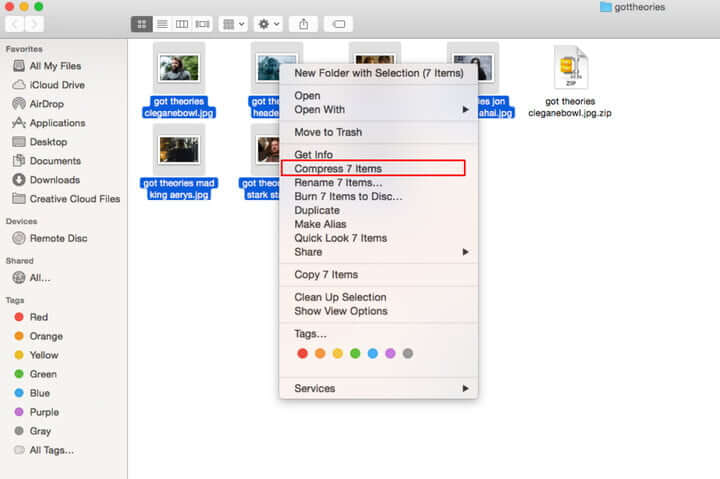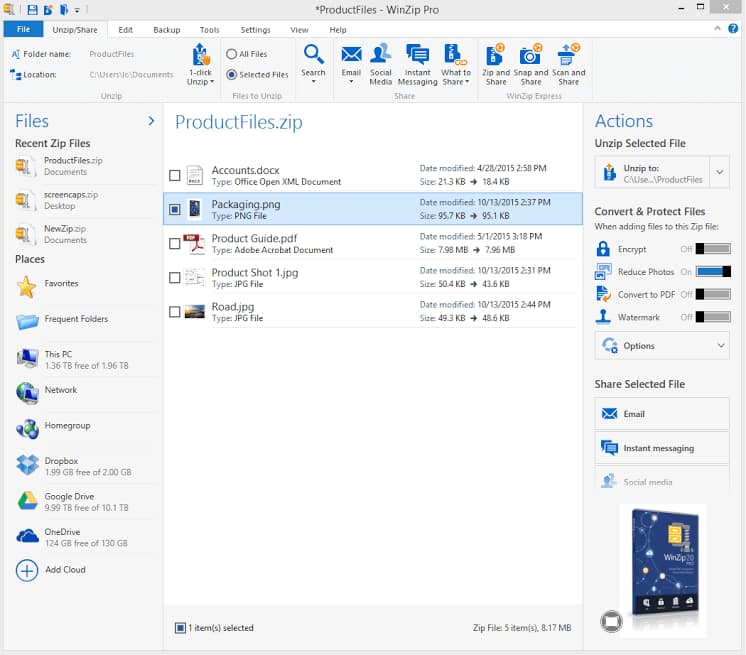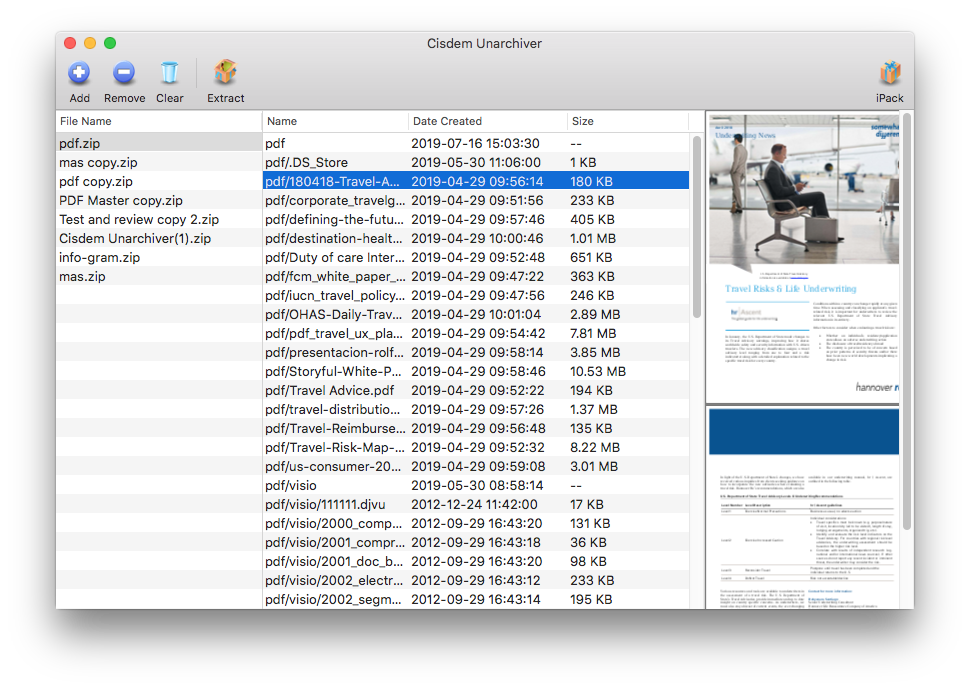

- #Zip and unzip files for mac for free#
- #Zip and unzip files for mac how to#
- #Zip and unzip files for mac zip file#
- #Zip and unzip files for mac archive#
But recently, he turned to Mac, he didn’t know how to unzip files on Mac.
#Zip and unzip files for mac archive#
Click Archive Utility in the menu bar and choose Preferences to edit your zipped file settings.A reader asked me a question: How to zip and unzip files on Mac? He used to be Windows user, and he used to zip and unzip files on his computer by using third-party application. In the menu bar at the top of your Mac screen, you will now see Archive Utility next to the Apple logo. If you would like to set advanced preferences for your zipped file functions on Mac, open up Spotlight by pressing command and spacebar, type “Archive Utility”, and press enter.

How do I change my zipped file preferences? You may have to enter your admin password to do so. In the pop-up that appears, click the triangle beside Security & Permissions: to expand the permissions options, and in the Privilege column, click the permissions beside your username and change them to Read & Write. If you can’t unzip a compressed file on your Mac because you don’t have the right permissions, right-click the file, click Get Info. If you can’t unzip a compressed file on your Mac because the Archive Utility doesn’t support the file format, there are free apps like The Unarchiver that can be used with most file formats.


Zipped files also reduce file size, which is helpful when moving files or videos around, and they can be encrypted, which is helpful when sending sensitive files over the internet. This is helpful when you need to send someone several files at once without using a folder (like when emailing a batch of files).
#Zip and unzip files for mac zip file#
FAQs What is a zipped file?Ī zip file is a version of a file or group of files that have been reduced (or compressed) into a single file. From here on out, you should be able to extract any file without having to click the Extract button again.Īnd that’s it! A failsafe way to unzip any file, even if your Mac can’t do it by default. The first time you use The Unarchiver from the right-click menu, a pop-up will appear asking you for permission to extract the file. If you don’t see it listed after you’ve installed the app, just click Other… and choose The Unarchiver from your list of applications. It’s just a simple app that sits in the background of your Mac for whenever you need it.Īfter you’ve installed the app through the Mac App Store, you can use it by navigating to the file you want to unzip and right-clicking that file.įrom the right-click menu, select Open With and click The Unarchiver from the available options. Opening the app doesn’t reveal many options, and it’s not a tool that you’re going to be using frequently. Similar to the Archive Utility, The Unarchiver doesn’t do a whole lot.
#Zip and unzip files for mac for free#
You can find this app for free (no ads or anything) on the Mac App Store. It’s a free app that most Mac users end up downloading at some point or another to fill in the gaps when the Archive Utility fails. Though this isn’t too common, it does happen from time to time. If you run into an error when trying to unzip a file, such as “Operation not permitted” or “Decompression failed”, this most likely means that the zipped file is using a compression format that the Mac Archive Utility app doesn’t support. All of the compressed files should instantly appear in the same folder unzipped. It should look like a piece of paper with a zipper going through it. First, navigate to the file’s location in Finder. Unzipping a zipped file on Mac is (usually) just as easy as zipping one. When you do this, the zipped file will be called “Archive.zip”. This will instantly create a zipped version of the file in the same folder as the unzipped version of the file.Īnd that’s it! To compress multiple files into one zipped file, just select all of them at once before choosing the Compress option. Then right-click/control-click on that file to bring up the context menu.įrom that menu, choose Compress. On Windows, you typically need a third-party app for the job, but every Mac has this feature built-in, making it a super simple process.įirst, navigate to the file you want to zip in the Finder app. Zipping and unzipping files is a built-in feature on your Mac thanks to the Archive Utility app.


 0 kommentar(er)
0 kommentar(er)
